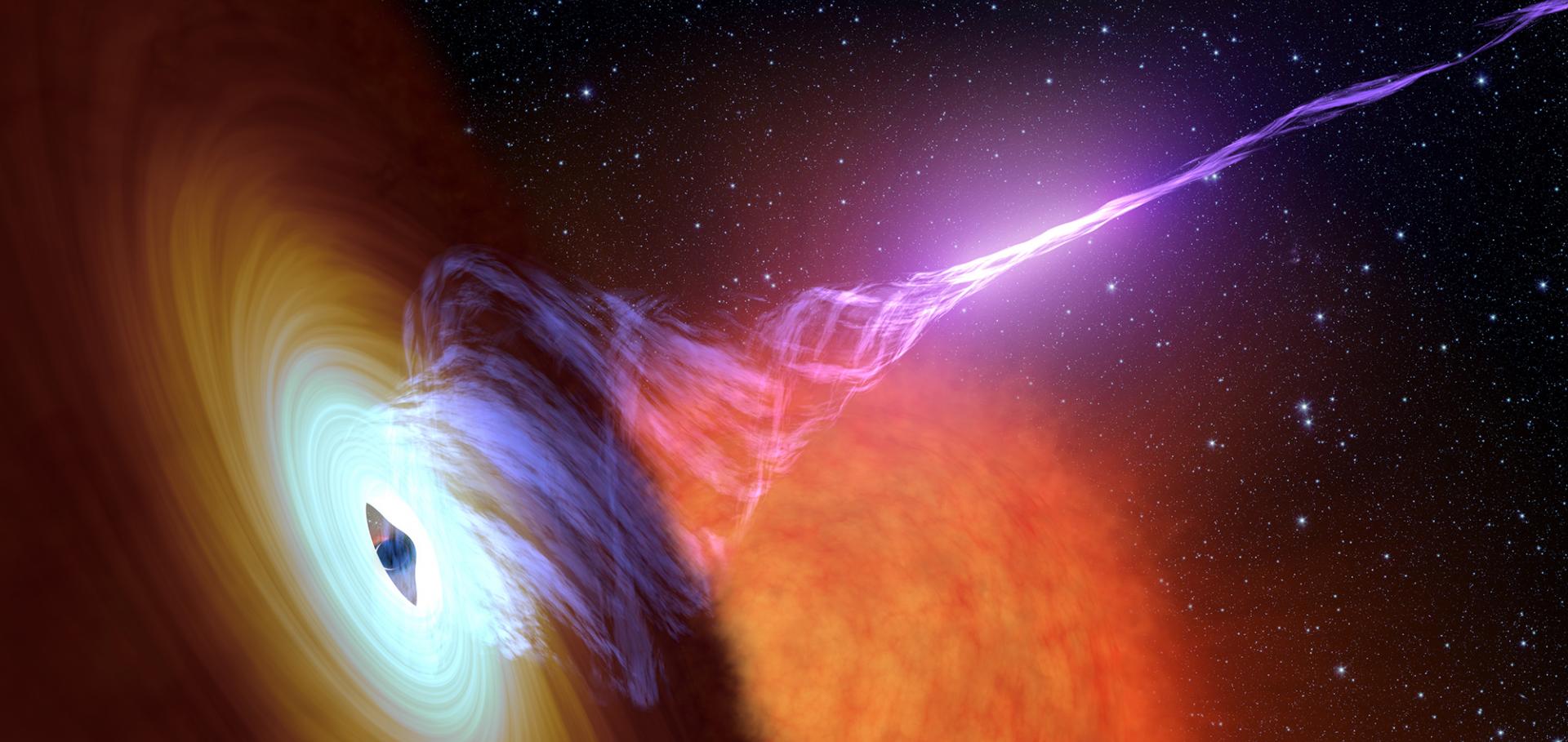Jets from black hole X-ray binaries: testing, refining and extending empirical models for the coupling to X-rays
(2009)
An anticorrelation between X-ray luminosity and Hα equivalent width in X-ray binaries
Monthly Notices of the Royal Astronomical Society 393:4 (2009) 1608-1616
Abstract:
We report an anticorrelation between continuum luminosity and the equivalent width (EW) of the Hα emission line in X-ray binary systems. The effect is evident both in a universal monotonic increase in Hα EW with time following outbursts, as systems fade, and in a comparison between measured EWs and contemporaneous X-ray measurements. The effect is most clear for black hole binaries in the low/hard X-ray state, which is prevalent at X-ray luminosities below ∼1 per cent of the Eddington luminosity. We do not find strong evidence for significant changes in line profiles across accretion state changes, but this is hampered by a lack of good data at such times. The observed anticorrelation, highly significant for black hole binaries, is only marginally so for neutron star systems, for which there are far less data. Comparison with previously established correlations between optical and X-ray luminosity suggests that the line luminosity is falling as the X-ray and optical luminosities drop, but not as fast, approximately, as LHα ∝ L∼0.4X ∝ L∼0.7opt. We briefly discuss possible origins for such an effect, including the optical depth, form of the irradiating spectrum and geometry of the accretion flow. Further refinement of the relation in the future may allow measurements of Hα EW to be used to estimate the luminosity of, and hence the distance to, X-ray binary systems. Beyond this, further progress will require a better sample of spectrophotometric data. © 2009 RAS.Broad-band X-ray spectral evolution of GX 339-4 during a state transition
Monthly Notices of the Royal Astronomical Society 392:3 (2009) 992-997
Abstract:
We report on X-ray and soft γ-ray observations of the black hole candidate GX 339-4 during its 2007 outburst, performed with the RXTE and INTEGRAL satellites. The hardness-intensity diagram of all RXTE/PCA data combined shows a q-shaped track similar to that observed in previous outbursts. The evolution in the diagram suggested that a transition from hard- to soft-intermediate state occurred, simultaneously with INTEGRAL observations performed in March. The transition is confirmed by the timing analysis presented in this work, which reveals that a weak type-A quasi-periodic oscillation (QPO) replaces a strong type-C QPO. At the same time, spectral analysis shows that the flux of the high-energy component shows a significant decrease in its flux. However, we observe a delay (roughly one day) between variations of the spectral parameters of the high-energy component and changes in the flux and timing properties. The changes in the high-energy component can be explained either in terms of the high-energy cut-off or in terms of variations in the reflection component. We compare our results with those from a similar transition during the 2004 outburst of GX 339-4. © 2008 RAS.Constraints on black hole accretion in v Puppis
Monthly Notices of the Royal Astronomical Society 393:3 (2009) 1070-1072


